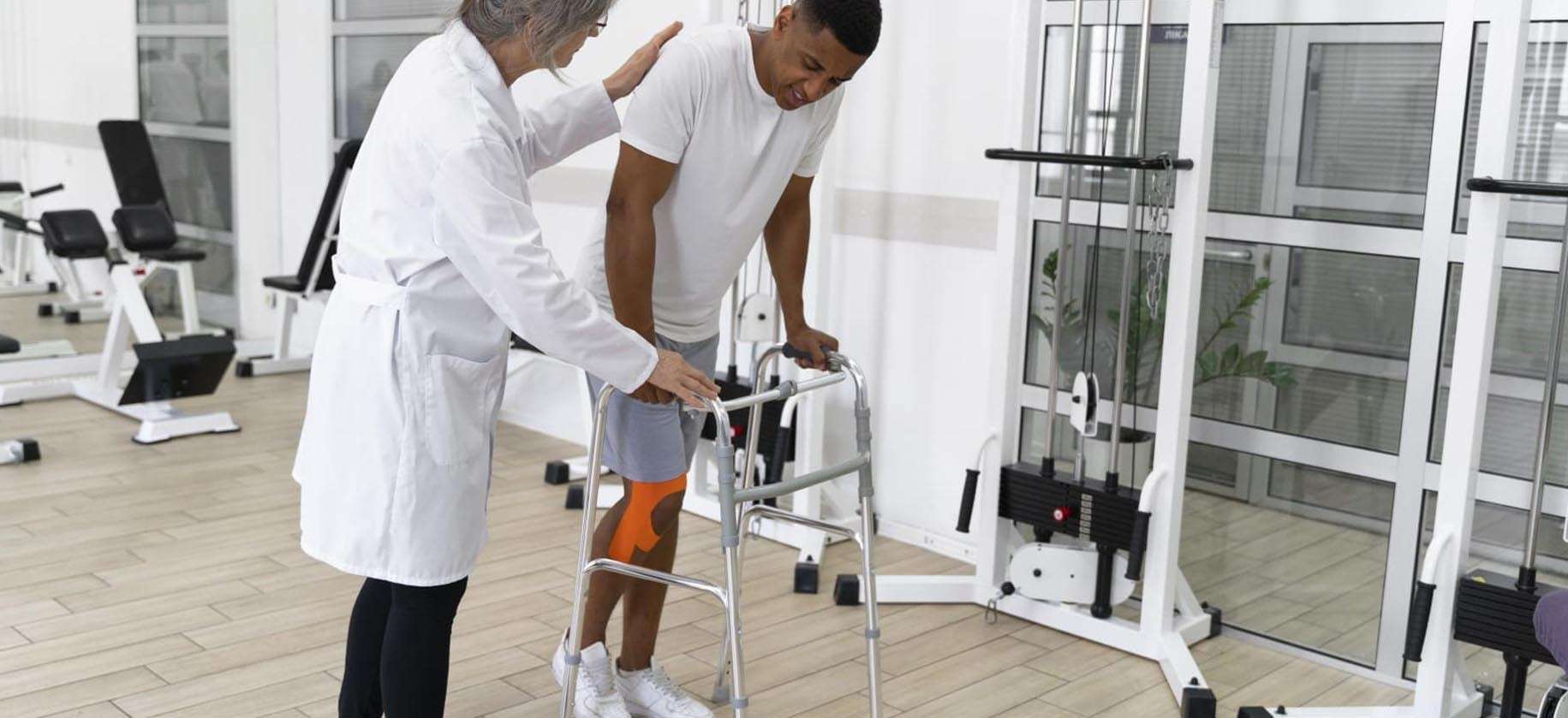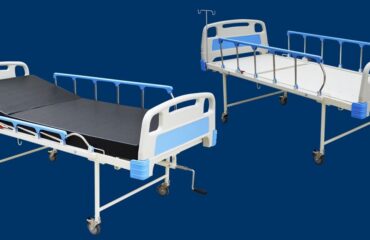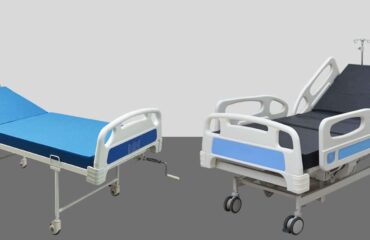Rehabilitation products play a crucial role in facilitating independence and improving mobility for individuals with disabilities. Here’s how they accomplish this:

Assistive Devices
These devices are designed to compensate for lost abilities and enable individuals to perform tasks they would otherwise struggle with. Examples include wheelchairs, crutches, walkers, and canes. By providing support and stability, these devices allow individuals to move around more freely, increasing their independence and mobility.
Prosthetics
Prosthetic limbs are artificial devices that replace missing body parts. Modern prosthetics are increasingly advanced, mimicking the function and appearance of natural limbs. By restoring mobility and functionality, prosthetics help individuals regain independence in their daily activities, such as walking, running, and even participating in sports.
Orthotics
Orthotic devices are braces or supports worn externally to correct or support musculoskeletal disorders and abnormalities. They can help improve stability, alignment, and range of motion, allowing individuals to perform activities with greater ease and confidence. Orthotics can be customized to address specific needs, such as ankle-foot orthoses (AFOs) for individuals with foot drop or knee braces for stability.
Rehabilitation Exercise Equipment
Rehabilitation exercise equipment, such as parallel bars, balance boards, and resistance bands, are essential tools used in physical therapy and rehabilitation programs. These devices help patients build strength, improve balance, and enhance coordination, leading to increased mobility and independence over time.
Adaptive Tools and Equipment
Adaptive tools and equipment are specially designed to accommodate the unique needs of individuals with disabilities. This includes modified utensils, ergonomic keyboards, and voice-activated technology. By making tasks easier to perform, these tools empower individuals to live more independently and participate fully in daily life activities.
Environmental Modifications
Rehabilitation products also include modifications to the physical environment to enhance accessibility and independence for individuals with disabilities. This may involve installing ramps, grab bars, stairlifts, and wheelchair-accessible facilities. By removing barriers and creating inclusive spaces, individuals can navigate their surroundings more easily and participate in a wider range of activities.


